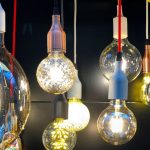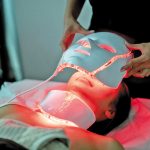Boost Your Study Sessions with the Best LED Light Color: A Comprehensive Guide
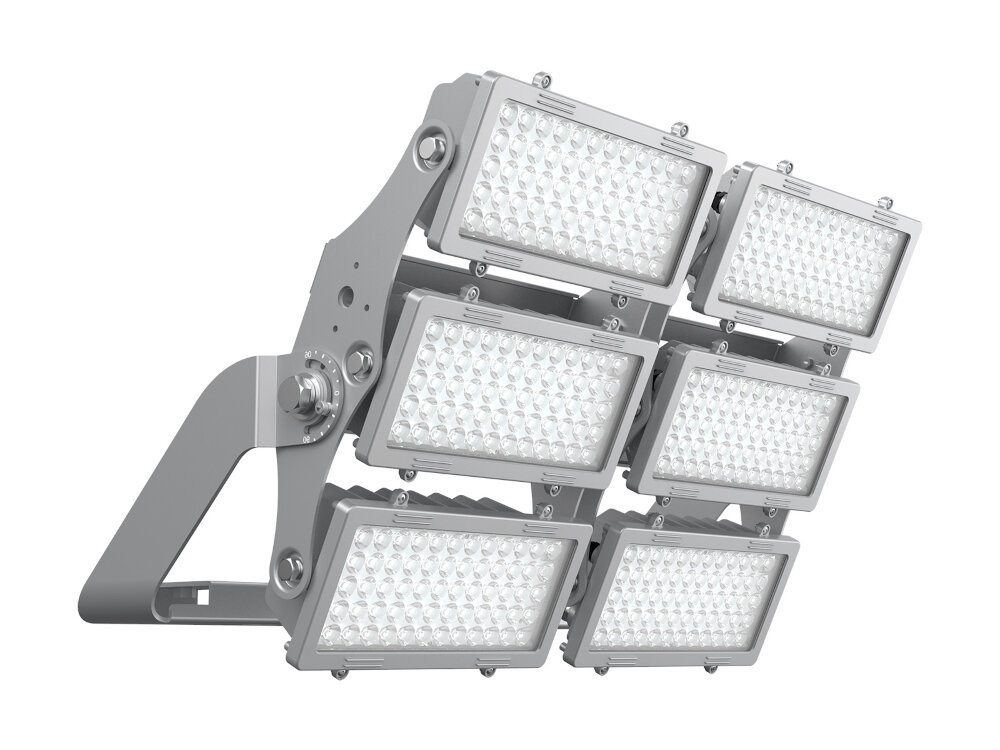
When it comes to studying, many factors can impact your focus and productivity. From the ambiance of your study space to the type of materials you’re using, every little detail can make a difference. However, one element that is often overlooked is lighting. The right lighting can have a significant impact on your ability to concentrate and retain information. In recent years, LED lights have become increasingly popular due to their energy efficiency and versatility. But did you know that the color of your LED lights can also affect your study sessions? In this comprehensive guide, we’ll explore the best LED light color to boost your study sessions and improve your academic performance. Whether you’re a student preparing for an exam or a professional looking to learn a new skill, finding the right lighting can be a game-changer. In this guide, we’ll delve into the science behind LED light colors and their effects on the brain. We’ll also offer practical tips for selecting the ideal LED light color for your study needs. From warm white to cool daylight, there are many LED light colors to choose from, each with its own unique benefits. By the end of this guide, you’ll have a better understanding of how LED light colors can impact your study sessions and how to choose the best color for your specific needs.
Lighting plays a crucial role in enhancing the effectiveness and productivity of study sessions. Proper lighting not only reduces the strain on the eyes but also positively impacts the mood and concentration levels of the students. The right LED light color can create a stimulating and alert environment, which promotes mental alertness and increases focus. On the other hand, dim or dull lighting can lead to eye fatigue, headaches, and a lack of motivation. Additionally, the use of LED lights with adjustable color temperature can help create the ideal ambiance for late-night study sessions, ensuring students remain alert and focused without disturbing their natural sleep cycle. Therefore, choosing the right LED light color and intensity is an essential consideration for any serious student looking to maximize their study potential.
LED lights are a highly energy-efficient lighting option that has become increasingly popular in recent years. Unlike traditional incandescent bulbs, LED lights use significantly less electricity while producing brighter and more uniform light. They also have a much longer lifespan, often lasting up to 25 times longer than their incandescent counterparts. LED lights have a wide range of benefits, including being environmentally friendly, cost-effective, and versatile in their application. In addition, they are available in a range of color temperatures, making them the perfect choice for creating the ideal lighting environment for studying or working.
The Science Behind LED Light Colors
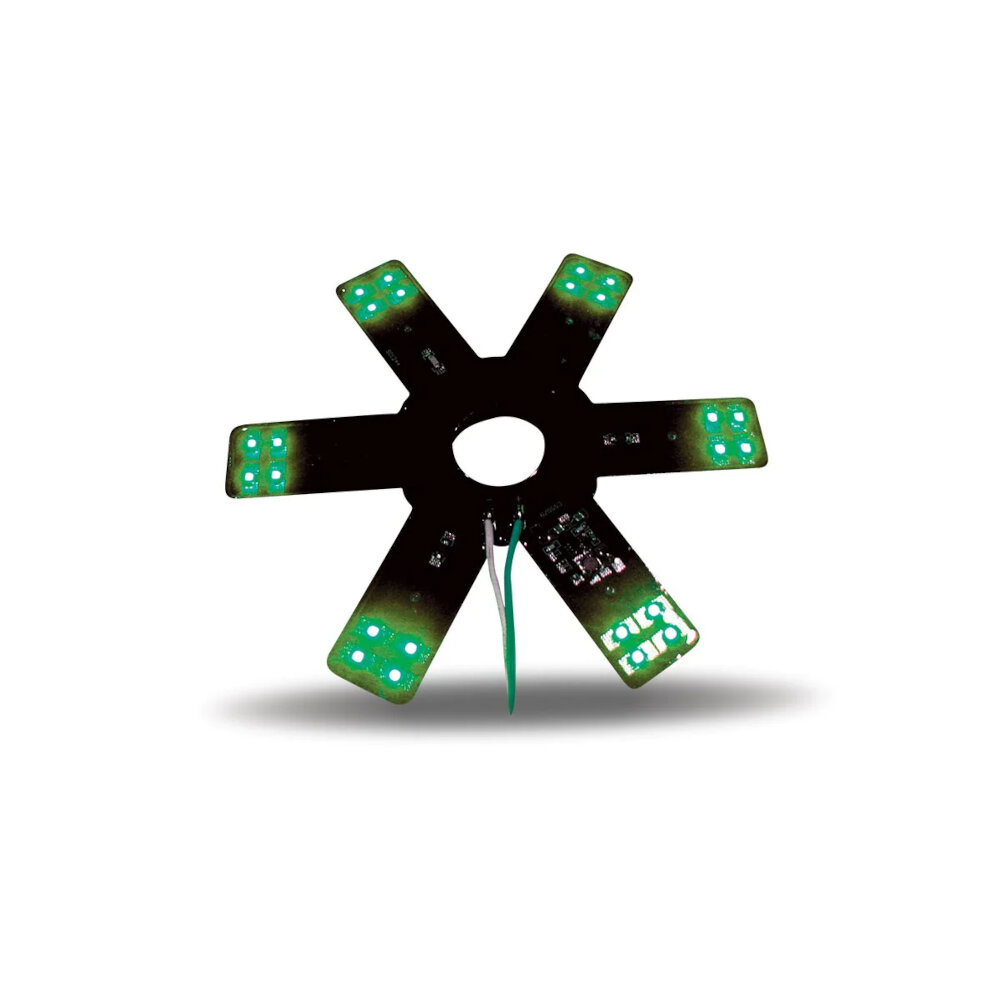
LED lights have become a popular choice for lighting up homes, workplaces, and even schools. One of the reasons behind their popularity is the ability to change the color of the light. However, not many people know about the science behind LED light colors. The color of an LED light is determined by the wavelength of the light it emits. Each wavelength corresponds to a color on the visible light spectrum. For example, red LED lights have a longer wavelength than blue LED lights, which is why they appear red to the naked eye. The color of LED lights can have a significant impact on our brains and bodies. For instance, blue light has been shown to improve alertness and cognitive function. It can also help regulate our circadian rhythms, which is our body’s natural sleep-wake cycle. On the other hand, warm colors like orange and yellow can create a calming effect and promote relaxation. This is why they are often used in bedrooms and living rooms. Understanding the science behind LED light colors can help us choose the right lighting for different situations and enhance our overall well-being.
The electromagnetic spectrum is a range of electromagnetic radiation that includes everything from radio waves to gamma rays. This spectrum is divided into different categories based on the frequency and wavelength of the waves. The visible spectrum is the portion of the electromagnetic spectrum that we can see with our eyes and is made up of colors ranging from red to violet. LED lights can emit different colors of light on this visible spectrum, which can affect our mood and productivity. By understanding the different colors and wavelengths of light, we can better utilize LED lighting to enhance our study sessions and improve our overall well-being.
Different colors can have a significant impact on the brain and body, affecting mood, productivity, and overall wellbeing. For example, blue light is known to increase alertness and enhance focus, making it an ideal choice for study sessions or work environments. Red light, on the other hand, can stimulate the body and increase heart rate, which may be beneficial during physical activity but can be counterproductive during periods of relaxation or rest. Green light is often associated with a sense of calm and balance, while yellow light can improve mood and energy levels. By understanding the effects of different colors on the brain and body, individuals can choose the best LED light color for their study sessions to optimize their productivity and mental clarity.
When it comes to studying, the right lighting can make all the difference. LED lights have become increasingly popular for study spaces due to their energy efficiency and customizable color options. So, what are the best LED light colors for studying? Blue light has been shown to increase alertness and cognitive function, making it a great choice for late-night study sessions. However, too much blue light can disrupt sleep patterns, so it’s important to balance it with warmer tones like yellow or orange. Green light can also help improve focus and reduce eye strain. Ultimately, the best LED light color for studying will depend on personal preference and the specific demands of the task at hand. Experiment with different colors and intensities to find the perfect balance for your study needs.
Choosing the Right LED Light Bulbs
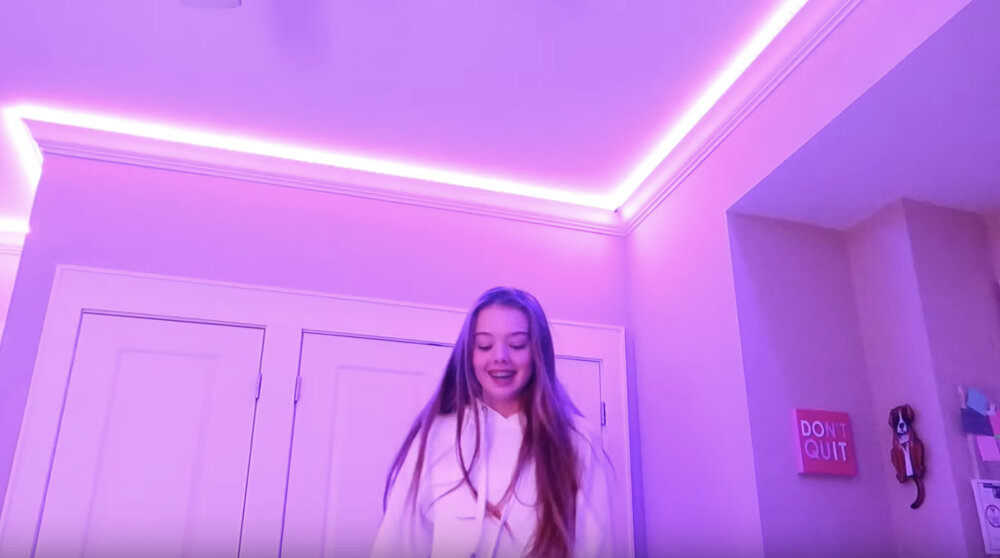
When it comes to studying, having the right lighting can make all the difference. LED light bulbs are a popular choice for their energy efficiency, long lifespan, and versatility in color temperature. However, with so many options on the market, it can be overwhelming to choose the right LED light bulbs for your study space. First and foremost, consider the color temperature of the LED bulbs. Color temperature is measured in Kelvin (K) and can range from warm (2700K-3000K) to cool (5000K-6500K). Warm light creates a cozy and relaxing atmosphere, while cool light is known to boost productivity and alertness. For studying, it’s recommended to choose LED light bulbs with a color temperature between 4000K-5000K, which is the optimal range for improving focus and reducing eye strain. Additionally, consider the brightness level of the LED bulbs, as too much or too little light can also impact your study experience.
There are several types of LED light bulbs that you can choose from to meet your specific lighting needs. Firstly, the traditional A-shaped LED bulbs are the most common and can be used in various settings, including study rooms. Secondly, the Globe LED bulbs have a round shape and offer a broader spread of light, making them ideal for larger study areas. Thirdly, the Candle LED bulbs are designed to mimic the look of a traditional candle flame and work well in chandeliers and other decorative lighting fixtures. Fourthly, the Tube LED bulbs are perfect for illuminating long and narrow study spaces, such as a desk or a bookshelf. Lastly, the Spot LED bulbs are ideal for highlighting specific areas, such as artwork or a particular section of a bookshelf.
When it comes to choosing the right LED light for your study sessions, wattage and brightness are two critical factors that you need to consider. Wattage refers to the amount of power that a bulb consumes, and it determines the brightness of the light. Generally, the higher the wattage, the brighter the light. However, a high wattage bulb consumes more energy, and it may not be the most energy-efficient option. Therefore, it’s essential to strike a balance between brightness and energy efficiency to get the best LED light for your study sessions. Ideally, you want a bulb with a wattage that provides adequate brightness while conserving energy to reduce your electricity bill.
Color temperature and CRI are two important factors to consider when choosing the right LED light for your study sessions. Color temperature refers to the warmth or coolness of the light source and is measured in Kelvin (K). A higher color temperature (5000K-6500K) is ideal for study sessions as it mimics daylight and helps to keep you alert and focused. On the other hand, a lower color temperature (2700K-3000K) is more suitable for relaxation and creating a cozy atmosphere. CRI or Color Rendering Index, on the other hand, measures how accurately the light source renders colors compared to natural light. A higher CRI (90 or above) is recommended for study sessions as it allows you to see colors accurately and reduces eye strain.
Setting Up Your Study Environment
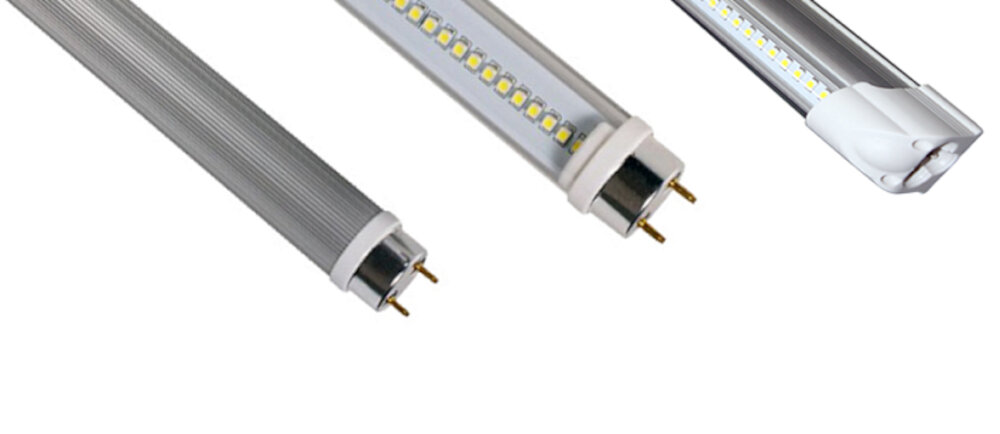
Setting up your study environment can greatly impact your productivity and focus during study sessions. It is essential to create a space that is comfortable, quiet, and free of distractions. Start by finding a designated study area that is separate from your living and sleeping spaces. Ideally, this space should be well-lit, ventilated, and organized. Invest in a comfortable chair and desk that support good posture and prevent any physical discomfort. You can also add plants, pictures, or motivational quotes to personalize your study area and make it more inviting. In addition to the physical aspects of your study environment, lighting plays a crucial role in creating a conducive atmosphere for learning. LED lights are an excellent option for study spaces as they provide bright, energy-efficient lighting that can enhance concentration and reduce eye strain. The color of the LED light can also affect your mood and alertness. For instance, cool white LED lights are ideal for task-oriented activities such as studying, reading, and writing. On the other hand, warm white LED lights can promote relaxation and calmness, making them suitable for meditation and mindfulness practices. By carefully selecting the color and intensity of your LED lights, you can create a study environment that is both visually appealing and conducive to learning.
When it comes to studying, the placement of LED lights can have a significant impact on your ability to focus and retain information. It’s important to position the lights in a way that minimizes glare and shadows, while also providing enough brightness to prevent eye strain. A good rule of thumb is to place the lights behind or to the side of your study area, rather than directly overhead. This will help to reduce glare and shadows on your desk or computer screen. Additionally, consider using a desk lamp with a flexible arm or adjustable head, so you can direct the light where you need it most. By optimizing your LED light placement, you can create an ideal study environment to help you stay focused and productive.
Creating a comfortable and ergonomic study space is crucial to maximize productivity and prevent physical strain while studying. First, choose a comfortable chair that provides adequate back support and allows you to sit with your feet flat on the ground. A desk at the proper height ensures that your arms and wrists are at a comfortable angle while typing or writing. Proper lighting is also essential, and LED lights are an excellent choice as they provide bright, clear light that is easy on the eyes. Using warm or cool LED light colors can also affect the mood and productivity level of your study sessions. Additionally, adding plants, art, or other decor elements can make your study space feel more inviting and help you focus. By creating a well-designed study space, you can enhance your learning experience and achieve better results.
When it comes to studying, it’s easy to spend hours staring at a computer screen or book, leading to eye strain and fatigue. However, there are several tips you can implement to minimize these issues. Firstly, make sure your workspace is well-lit with the right type of lighting. LED lights with a color temperature of 5000K to 6500K are ideal for studying as they mimic natural daylight, reducing eye strain. Secondly, take frequent breaks every 20-30 minutes to rest your eyes and stretch your body. Finally, adjust the brightness and contrast of your computer screen to a comfortable level and avoid working in dimly lit environments. By following these tips, you’ll be able to study longer and more effectively without experiencing any eye-related discomfort.
Additional Tips for Boosting Your Study Sessions
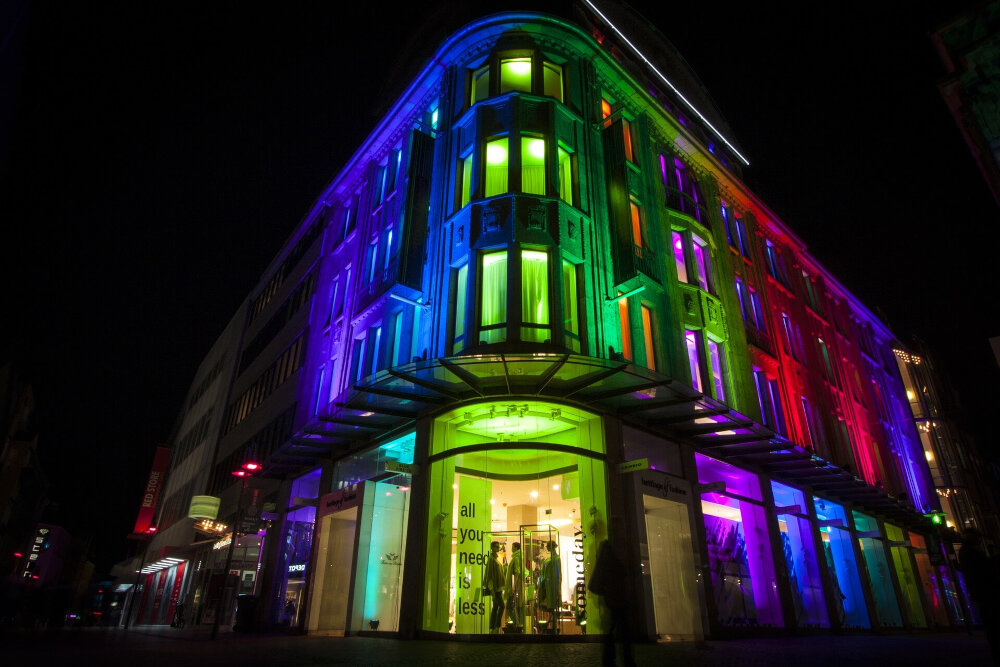
In addition to selecting the best LED light color for your study sessions, there are a few additional tips that can help you to optimize your study environment and maximize your learning potential. One important tip is to eliminate distractions as much as possible. This means turning off your phone, closing unnecessary tabs on your computer, and finding a quiet study space where you can focus without interruptions. You may also want to consider using noise-cancelling headphones or ambient noise apps to block out any background distractions. Another helpful tip is to set achievable goals for each study session. This can help you to stay motivated and focused, as well as give you a sense of accomplishment when you reach your goals. Try breaking your study sessions into smaller, manageable chunks and setting specific objectives for each one. For example, you might aim to read and take notes on one chapter of your textbook, or complete a certain number of practice problems. By setting clear goals and working towards them systematically, you can make the most of each study session and achieve your academic goals more efficiently.
Incorporating natural light into your study space can have a significant impact on your productivity and overall well-being. Not only does natural light help reduce eye strain and headaches, but it also boosts serotonin levels in the brain, which can improve mood and concentration. Consider positioning your desk near a window or investing in a light therapy lamp that mimics natural sunlight. Additionally, be mindful of the time of day and the direction of the sun when choosing your study spot. Morning light tends to be cooler and more energizing, while afternoon light is warmer and more calming. With the right balance of natural light and LED lighting, you can create the perfect study environment that enhances your focus and helps you achieve your academic goals.
Lighting can play a significant role in enhancing productivity and focus, particularly during study sessions. The use of LED lights with the right color temperature can help promote a conducive learning environment by reducing eye strain, increasing alertness, and reducing drowsiness. Blue light, in particular, has been shown to stimulate the brain and increase focus and attention, making it an excellent choice for study areas. However, it is essential to balance the use of blue light with warm tones to avoid overstimulation and maintain a comfortable and productive atmosphere. With the right LED lighting, students can effectively boost their study sessions and achieve their academic goals.
Dimming and adjusting LED lights provide numerous benefits that can enhance your study sessions. Firstly, dimming the lights can create a relaxing and calming atmosphere, which is ideal for reducing stress and anxiety. Secondly, adjusting the color temperature of the LED lights can help boost your productivity and concentration levels. For instance, using cool white light can keep you alert and focused, while warm white light can promote relaxation and comfort. Additionally, dimming and adjusting the LED lights’ brightness can help reduce eye strain and fatigue, which can be especially useful during long study sessions. Overall, incorporating dimming and adjusting LED lights into your study space can help create a more comfortable and conducive environment for learning and productivity.
Lighting plays a crucial role in creating an ideal study environment. Proper lighting can not only enhance productivity, but it can also reduce eye strain and fatigue. LED lights are the best option for studying as they provide bright and clear light without emitting excess heat. Moreover, the color of the light can also affect the brain’s ability to focus and retain information. Blue light is known to boost alertness and concentration, making it ideal for morning study sessions. On the other hand, warm yellow light can help create a relaxing atmosphere, making it perfect for evening study sessions. Therefore, it is essential to choose the right LED light color to create an optimal study environment that can help boost productivity and focus.
In conclusion, the use of LED lights can greatly enhance study sessions by providing the optimal lighting conditions for concentration and focus. By selecting the appropriate color temperature and brightness level, LED lights can reduce eye strain and fatigue, boost mental alertness and productivity, and improve overall mood and well-being. It is important to choose a bulb with a high color rendering index (CRI) to ensure accurate color representation and avoid artificial-looking light. Additionally, incorporating natural light or taking breaks from artificial light can further enhance the benefits of LED lighting. Overall, incorporating LED lights into your study space can make a significant difference in your academic performance and overall well-being.
Conclusion
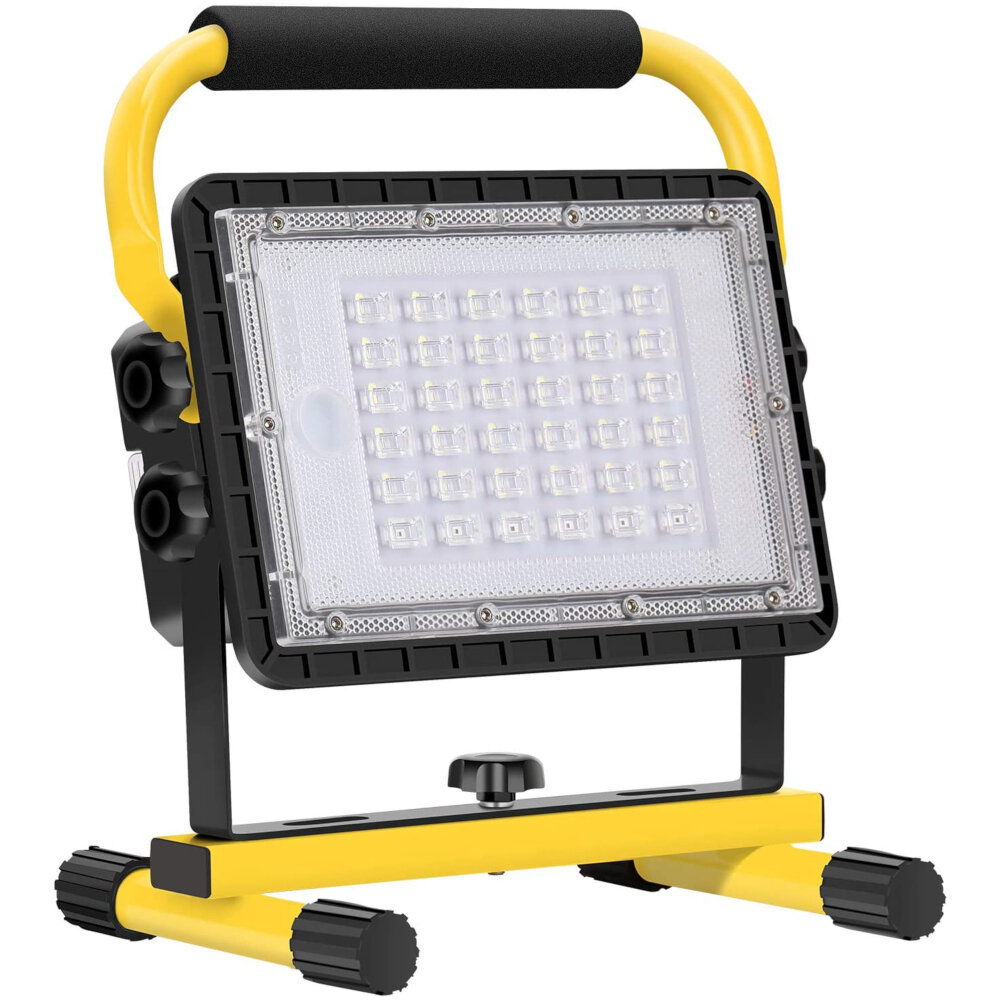
In conclusion, the color of the LED light used during study sessions can have a significant impact on our cognitive abilities and overall productivity. By understanding the effects of different colors on our brain, we can choose the best LED light color that suits our needs and preferences. Whether it’s the calming blue light for better focus or the energizing yellow light for increased alertness, incorporating the right LED light color into our study routine can help us achieve our academic goals more effectively. So, make sure to follow this comprehensive guide and boost your study sessions to the next level with the power of LED lights.


